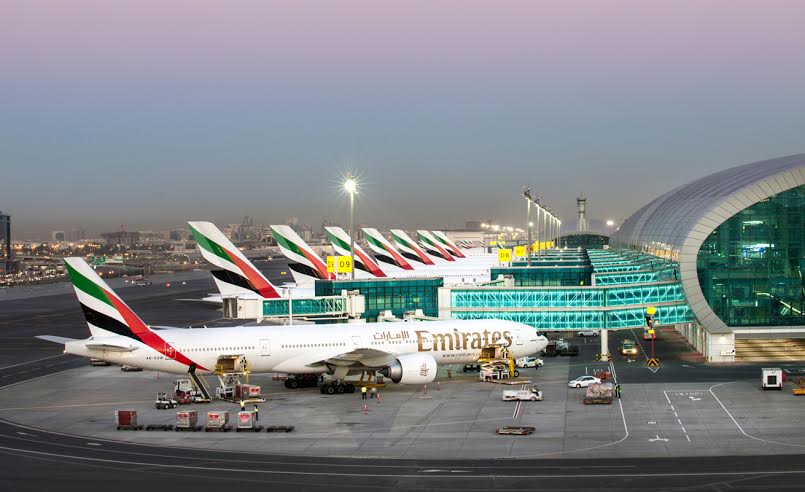May, 9, 2014

The Emirates Group today announced its 26th consecutive year of profit and company-wide growth, ending the year in a strong position despite competitive pressure and a global economic environment that is only slowly recovering. The financial year ending 31 March 2014 also marked an unprecedented level of investment across the Group, continued expansion of its global footprint, and the achievement of new capacity milestones.
According to its 2013-14 Annual Report, the Emirates Group posted an AED 4.1 billion (US$ 1.1 billion) profit, up 32% from last year. The Group’s revenue reached AED 87.8 billion (US$ 23.9 billion), an increase of 13% over last year’s results, and the Group’s cash balance remained strong at AED 19.0 billion (US$ 5.2 billion).
“Achieving our 26th consecutive year of profit in a financial year marked by record increases in capacity and significant business investments across the Group, is testimony to the strength of our brands and our business fundamentals,” said His Highness (H.H.) Sheikh Ahmed bin Saeed Al Maktoum, Chairman and Chief Executive, Emirates Airline and Group.
“Throughout 2013-14 the Group has collectively invested over AED 22.0 billion (US$ 6.0 billion), the highest amount ever in one financial year. We know that to be a sustainable and profitable business we have to keep adding value to our stakeholders, our customers, partners and employees.
The Group also continued to invest in and expand on its employee base, increasing its overall staff count by 11% to over 75,000-strong representing over 160 different nationalities, across its more than 80 subsidiaries and companies. Revenue per airline employee increased by 4% to AED 1.9 million (US$ 0.5 million).
Similar to the last financial year, the Group declared a dividend of AED1 billion (US$ 280 million) to the Investment Corporation of Dubai.
Emirates received 24 new aircraft during the year, including 16 A380s, six Boeing 777-300ERs and two Boeing 777Fs, bringing its total fleet count to 217. The airline remains the world’s largest operator of the Boeing 777 and A380 – both aircraft being amongst the most modern and efficient wide-bodied jets in the sky today.
Emirates revenue for the first time surpassed AED 80 billion, at a new record of AED 82.6 billion (US$ 22.5 billion). While the average price of jet fuel remained high, it was slightly lower compared to last year and has supported Emirates’ bottom line improvement. Emirates’ fuel bill increased by 10% over last year to reach AED 30.7 billion (US$ 8.4 billion). Total operating costs increased by 12%, compared to a revenue increase of 13% over the 2012-13 financial year.
The airline successfully managed increased competitive pressure across all markets to record a profit of AED 3.3 billion (US$ 887 million), an increase of 43% over last year’s results, and a healthy profit margin of 3.9%.
Carrying a record 44.5 million passengers, up 13% from last year.
Revenue generated from across Emirates’ six regions continues to be well balanced, with no region contributing more than 30% of overall revenues. East Asia and Australasia remained the highest revenue contributing region with AED 23.8 billion (US$ 6.5 billion), up 14% from 2012-13. Gulf and Middle East revenue increased 17% to AED 8.3 billion (US$ 2.3 billion), and Europe revenue increased 16% to AED 23.4 billion (US$ 6.4 billion), reflecting new destinations as well as increased frequency and capacity to these regions.
Across the rest of the globe Emirates saw strong revenue increases from Africa up 15% to AED 7.7 billion (US$ 2.1 billion), The Americas up 11% to AED 9.2 billion (US$ 2.5 billion) and West Asia and Indian Ocean with AED 8.3 billion (US$ 2.3 billion) in revenue, up 3%.
Defying the industry trend, the 2013-14 financial year has been a strong one for Emirates SkyCargo who for the first time reported a revenue over US$ 3 billion to reach AED 11.3 billion (US$ 3.1 billion) mark, a 9% increase over last year.
Contributing 15% of the airline’s total transport revenue Emirates SkyCargo continues to play an integral role in the company’s expanding operations.
Video Story